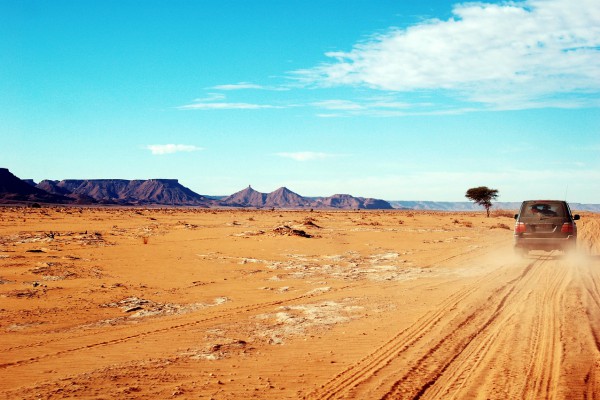MOROCCO FROM A HUNGARIAN PERSPECTIVE – PART I.
Featured News // 2016.03.04
It’s been 40 years since Hassan II ended the Spanish colonisation of the region; taken away from Morocco by a French-Spanish agreement (West Sahara), with the glorious ‘Green March’ and the ruler occupied this arid but rich region (again). Since then, the region is the subject of international arguments from time to time.

Globoport.hu writes that even the African Union doesn’t acknowledge Morocco’s right of the region, while the continent considers Morocco an exemplary country and votes for it in international issues. Fortunately, the dynamically developing region is now peaceful and supervised.
Dr. József Steier, the director of HTCC Morocco, started his three-day trip from Marrakesh to Dakhla, which is the paradise of surfers. The distance is tricky because the roads are still full of obstacles, even though they are much better now than before. So let’s take it slow!
morocco2
A good quality freeway leads form Marrakech to Agadir for 9 euros but they take the speed limit very seriously. If I didn’t have a governor’s invitation and didn’t promise to keep the limit, I certainly would’ve had to pay some MAD-s (local currency). I started my way towards the real desert and reached the gate of the Sahara. This region is the empire of argan trees, prickly pears, drift of sand and dunes. Other than that, it is quite barren, which is probably the consequence of the overgrazing of goats and sheep.
My car was hustled by the strong wind that blows from the inside of the desert. My speed frequently fell below the critical level of 20 km/h with 1000 kilometers ahead of me. But they watch your speed with the most modern manual cameras even in the prairie.
Even the smaller cities have normal roads with four lanes and public lighting. The king cares about appearances; the traces of the celebration and the flags proved that they had a big anniversary celebration. The price of gas oil started dynamically decreasing due to the special tax discounts in the region. The best price is sometimes 45% less than the North-Moroccan prices. I notice the Tarfaya Wind Farm which is one of Africa’s largest capacity wind farms with 131 wind turbines. A quick calculation: I estimated the total installed capacity to be 700 MW (this number is 330 MW in Hungary…).
morocco3
I’m at the half of my trip at Laayoune (El Aaiún) which also has a big wind farm and they announced more investments at the anniversary. There is sand everywhere. It even covers the phosphate conveyer belt sometimes. The shortage of water is quite noticeable in the region and it is incomprehensible that the heavy falls pour into the sea without any obstacles. They need dams to increase the evaporation and create a base for watering. The region is full of fertile parts with a perfect average temperature and constant sunshine. All in all, the region has great facilities and locals should take advantage of this. Salaries barely reach half the level of the neighbouring region with their monthly 100-150 euros.
The coast is fantastic, with continuous beaches of golden sand and local fisherman. The problem is that there is no tourism here. The policeman suggests that I should try the fish at Boujdour (350 kilometres from Dakhla) because that is the best fish. Well, I wasn’t disappointed. Seafood is the best when fresh, not to mention that it is quite cheap. The power-circuit ends at Boujdour, so Dakhla has to figure it out on its own, but not for too long, since they plan to finish the 350 km long line left until 2017.
In the next part of our travel diary we arrive to Dakhla and meet the governor…
Dr. József Steier
Source: http://dailynewshungary.com/morocco-from-a-hungarian-perspective-part-i/
Photos: www.globoport.hu
Copy editor: bm
Share: